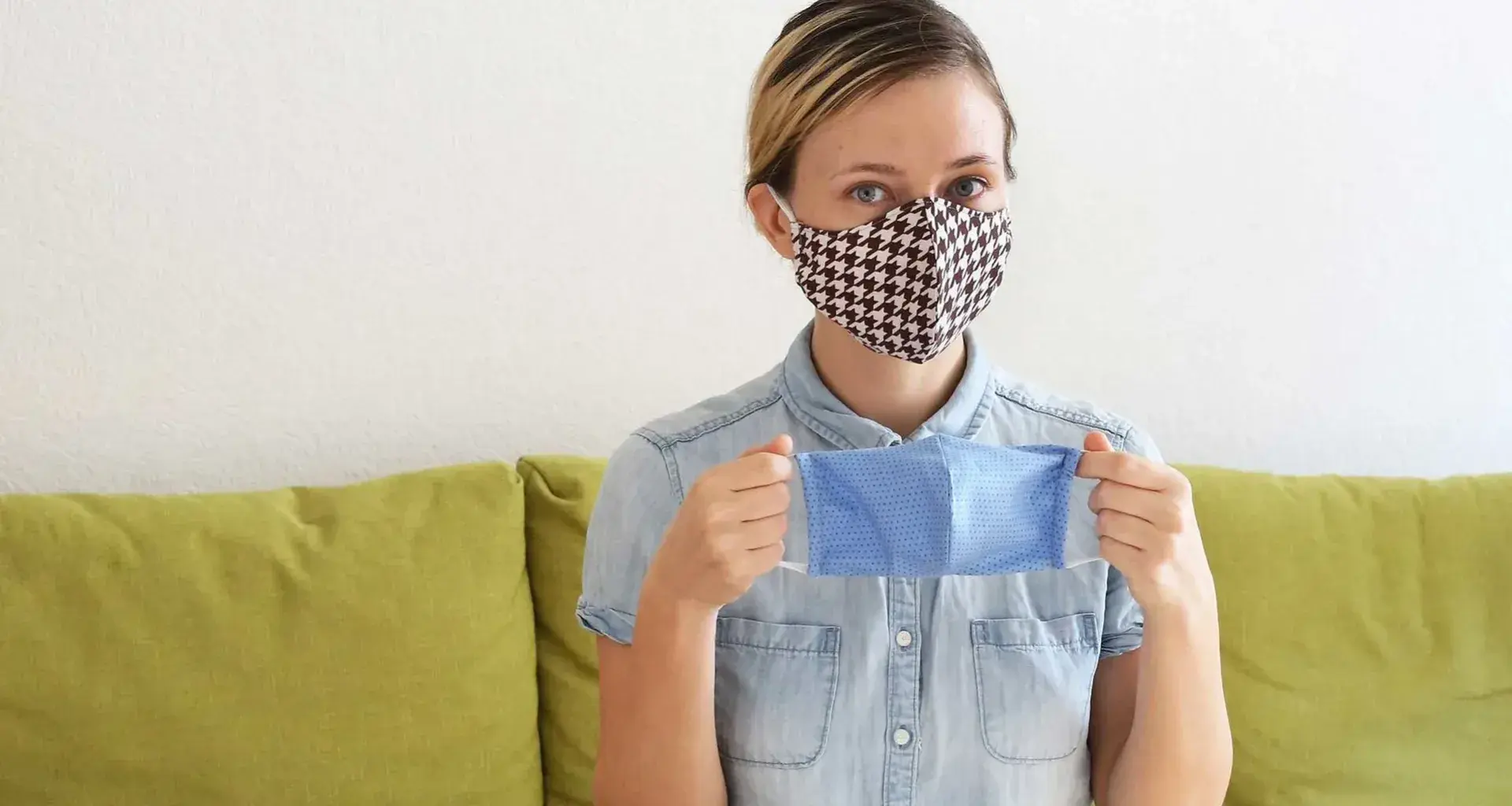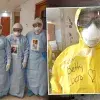With information from José Longino and Mariana Perales
During the COVID-19 pandemic, face masks are now in high demand as part of coronavirus protection strategies.
This is because the usual way the virus is expelled is through the mouth and nose, and it enters mainly through the mouth, nose, and eyes.
SHOULD WE WEAR FACE MASKS OR NOT?
Health authorities in several countries such as the United States and China, have recommended that the general public wear them.
Authorities from Mexican states such as Nuevo León and Mexico City have also asked people to wear them when they leave the house.
The World Health Organization and the Ministry of Health in Mexico have said that they do not necessarily recommend them for everyone, but neither are they prohibited.
In other words, people are free to wear them if they so choose. In general, it can be useful to wear them when going to the supermarket or crowded places.
The risks of wearing face masks:
The Ministry of Mexican Health gave the following reasons to explain why face masks are not necessarily recommended for everyone:
- They give you a “false sense of security” (with face masks, you still need to maintain a safe distance, wash your hands with soap and water, etc.)
- Constantly raising your hands to your face to adjust the mask could potentially carry the virus to your face
- They are misused (for example they only cover the mouth and not the nose)
For doctors and those who are infected, the use of N-95 masks is mandatory
The WHO and the Federal Ministry of Health emphasize that:
- those who are infected must wear them
- people who live with someone who is infected should also wear them
- the general public shouldn’t wear the special N-95 masks (and preferably, not the normal surgical masks either), since they are essential for doctors and health staff, the masks should be left for them to wear
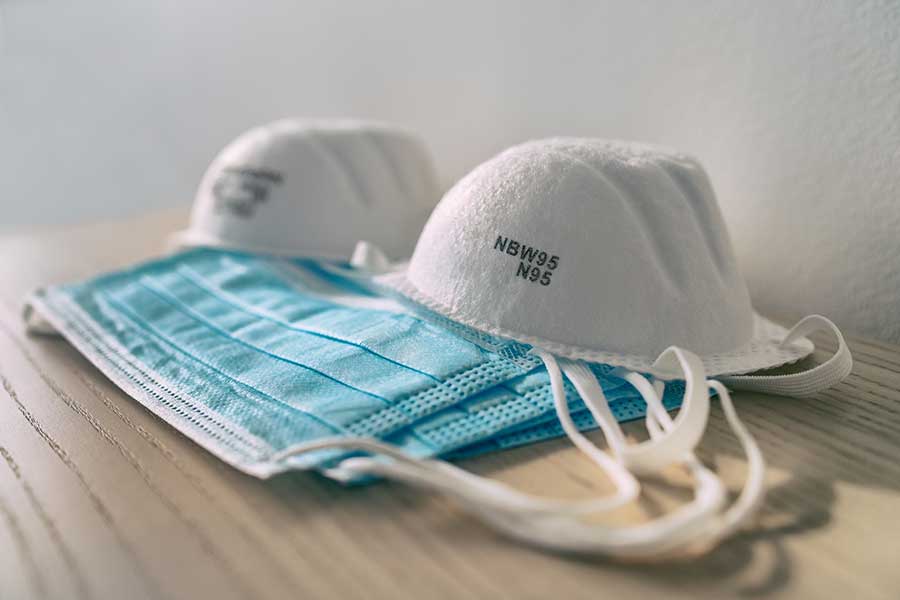
The area of TecSalud recommends the use of cloth face masks so that the normal masks (surgical masks) are available for medical staff.
Cloth masks can be washed (see how to wash them) and reused.
HOW SHOULD FACE MASKS BE WORN?
This is how face masks should be worn correctly:
Before you put it on:
- Wash your hands with soap and water before putting it on.
- Check which is the correct side (the thick seams should be on the inside of the face mask).
- Pass the elastic bands over your head and ears and make sure the mask completely covers your nose and mouth. Make sure that your hands do not touch the inside part.
While you are wearing the mask:
- Keep it over your nose and mouth at all times.
- Avoid touching it whilst using it.
- If you have to touch it, wash your hands as soon as possible.
- Change face masks when they get wet and replace them with a clean, dry one (unless it is cloth, which can absorb more).
How should you remove it?
- Wash your hands before taking it off.
- Remove it by taking off the straps at the side and carefully separate it.
- Remove from behind, holding it by the straps without touching the front; then wash your hands again.
- Put it immediately into a closed container until you wash it (or if it is not cloth, throw it away at once into a closed container).
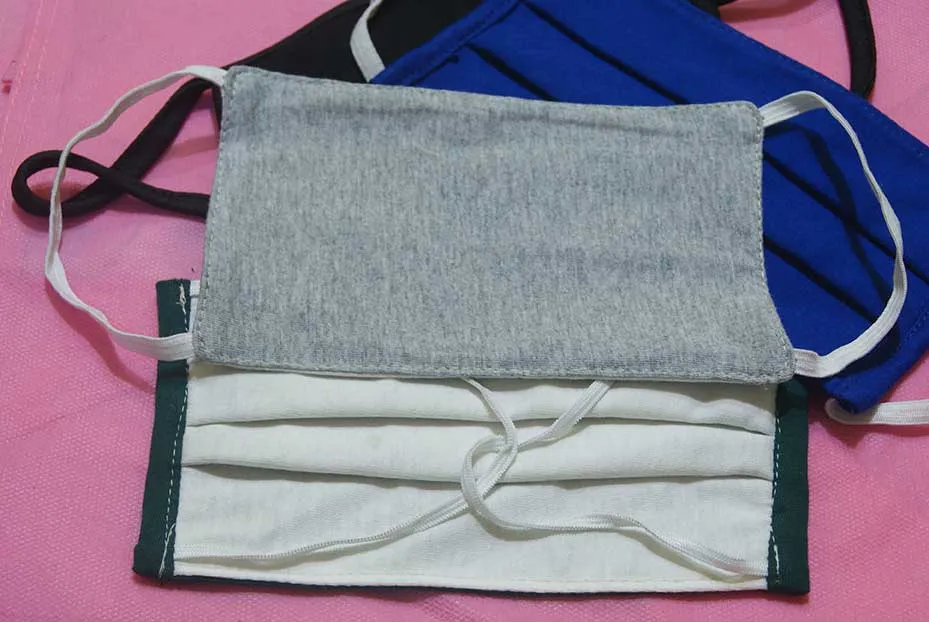
HOW TO DISPOSE OF FACE MASKS?
When you remove the face mask, put it into a bag or container and close it.
- If it is a cloth mask, it can be washed (wash exposed clothes like this).
- If it is a normal mask, it must be thrown away (into a closed container).
If the face mask is from an infected person and it has already fulfilled its purpose, apply these measures:
Professor of biology and sustainable development from the State of Mexico campus of the Tec, Dr. María del Carmen Hernández, says:
“For management of domestic waste from the homes of people isolated in quarantine due to COVID-19, this is waste with a risk of infection to public health.
Disposable material such as gloves, face masks and disposable tissues used by sick people must be put in a plastic bag and hermetically sealed.
This garbage cannot be mixed with other types of waste such as organic garbage, packaging, paper, glass, among others, or be dumped in the environment.“
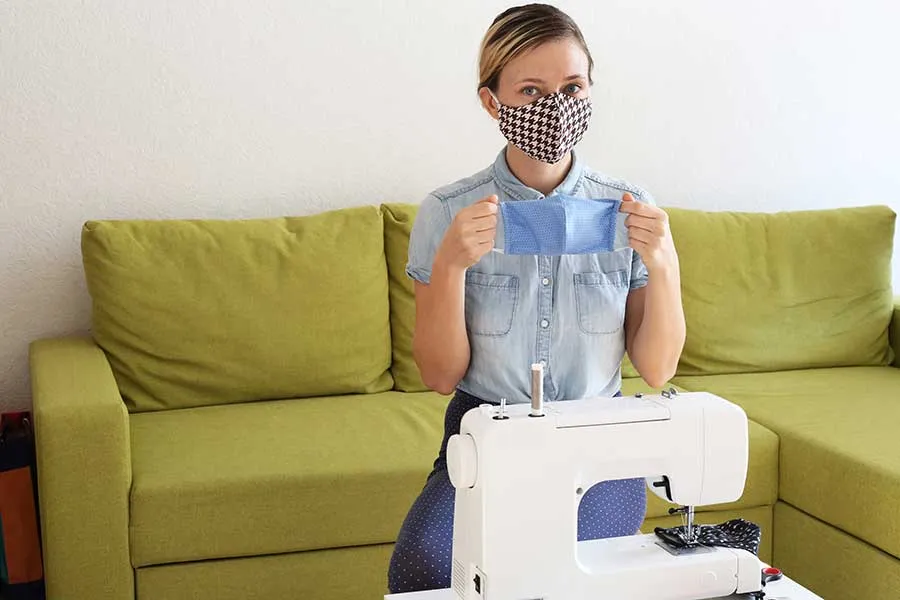
WHO SHOULDN’T USE THEM?
- Children under the age of 2
- People with respiratory problems
- Those who can’t take them off without help
HOW CAN I MAKE A HOMEMADE FACE MASK?
To leave the house, you can put something on that covers your noise and mouth, such as homemade face masks, t-shirts or bandanas.
The CDC has published a video that shows how to make one from a bandana:
{"preview_thumbnail":"/sites/default/files/styles/video_embed_wysiwyg_preview/public/video_thumbnails/tPx1yqvJgf4.jpg?itok=8tQ6b8Nt","video_url":"https://www.youtube.com/watch?v=tPx1yqvJgf4","settings":{"responsive":1,"width":"854","height":"480","autoplay":0},"settings_summary":["Embedded Video (Adaptable)."]}

